
The lower fortress or Fortress da Basso (Fortezza da Basso) is a 16th-century fortress in Florence, which is built into the former defensive walls of the city and on whose territory various conferences, exhibitions, concerts and events are held today; you can also visit the fortress with an excursion.
The fortress is also known as the fortress of St. John the Baptist (Fortezza di San Giovanni Battista, Fortezza San Giovanni Battista).
The fortress was built by the architects Pier Francesco da Viterbo and Antonio da Sangallo the Younger in the period from 1534 to 1537 by order of the Duke of Florence Alessandro de' Medici, also called the Moor. The fortress was built near the defensive walls of Florence of the thirteenth century.
The fortress of San Giovanni Battista became known as the fortress of da Basso only after the construction of Forte Belvedere (Forte di Belvedere) on the other side of the Arno River at the end of the 16th century.
After its construction, the fortress was used for military purposes for a long time and was under the control of the military department until 1967. Then it served both as a protection against external attacks and as a refuge in case of internal unrest, and was also erected in order to impress the Florentines with an impressive structure.
Today, the Renaissance bastion fortress has an important historical and architectural significance and is the largest historical monument in Florence. It has the shape of an irregular pentagon and is a Renaissance fort with an area of 80,000 square meters.
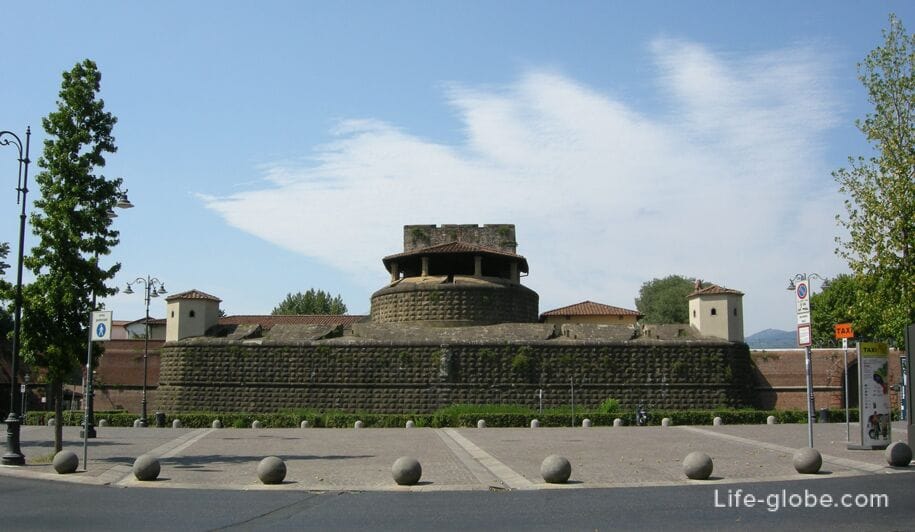
The fortress still retains part of the original structure, including some powerful walls and gates, including the medieval gate of Faenza (Porta a Faenza). In front of the gate is a bridge called Calandrino, which has three powerful stone arches built to cross the Munione, which flowed along the wall. Today, instead of a river, you can see a small moat.
The walls, gates and moat can be viewed without entering the territory of the fortress.
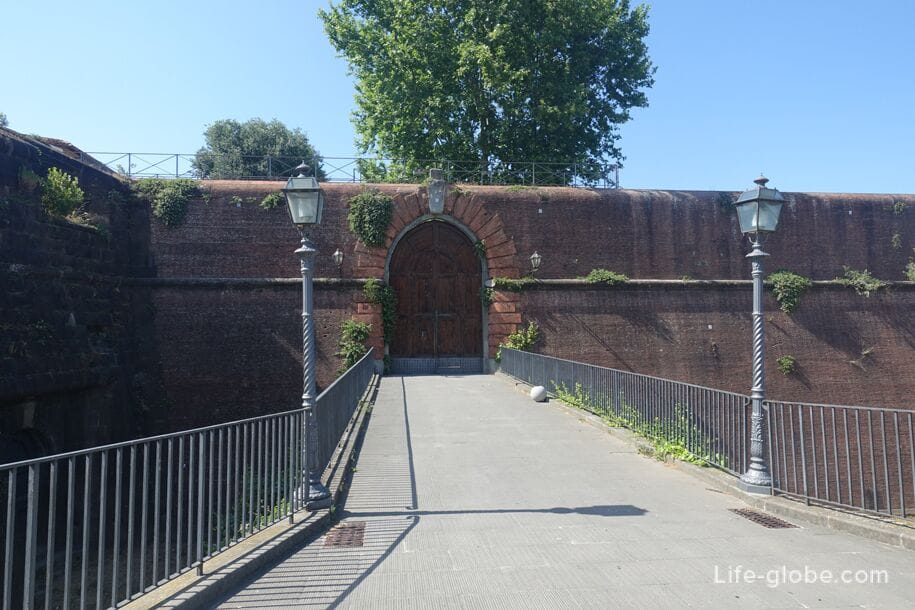
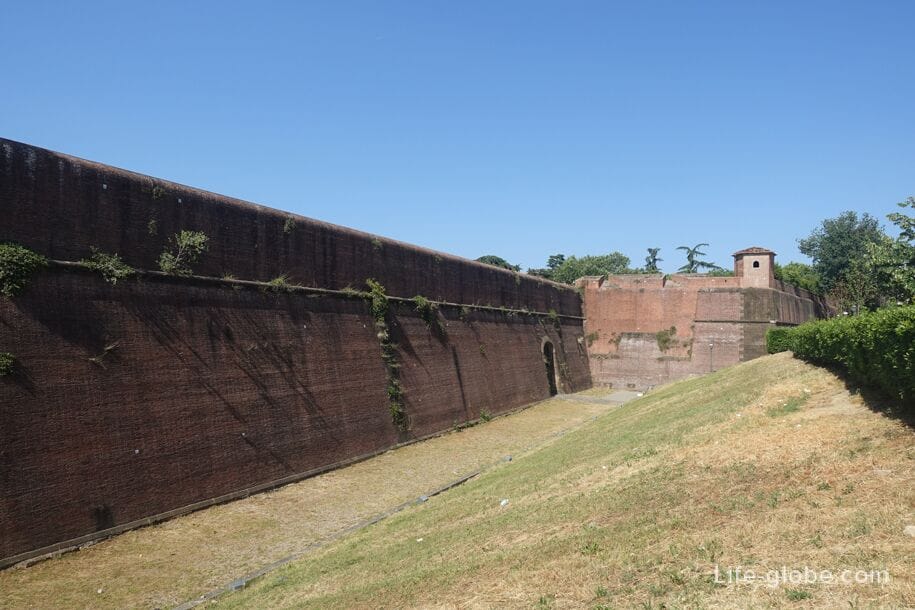
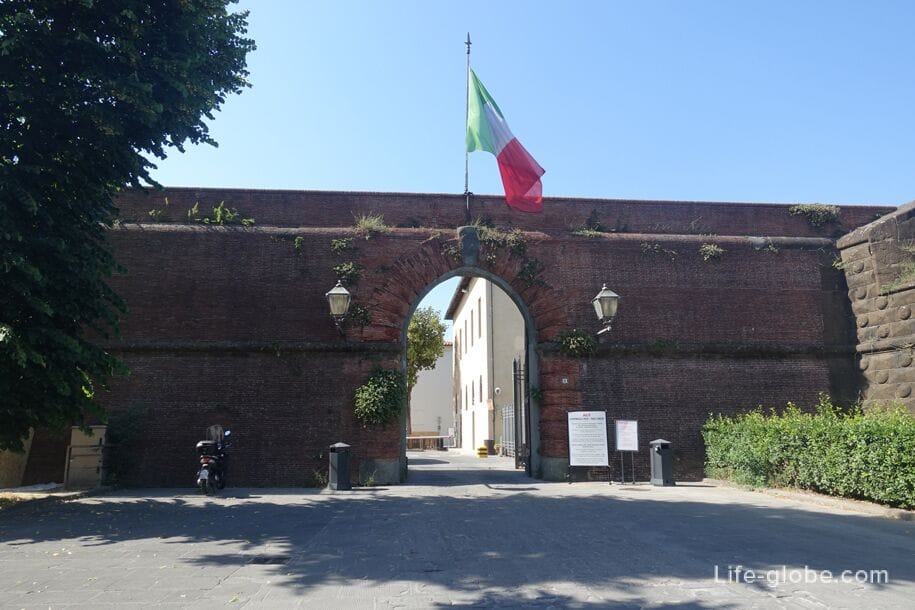


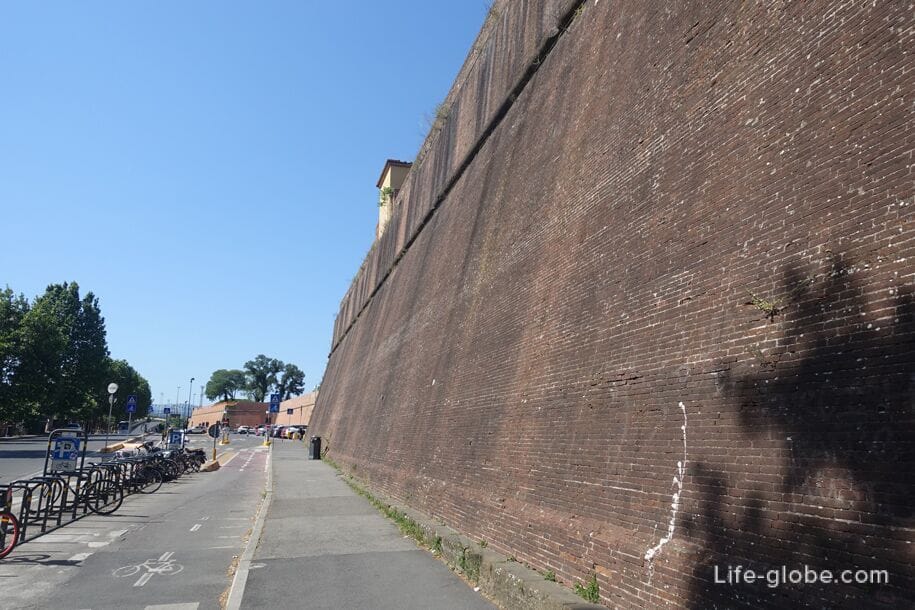
Inside the fortress there are military buildings built in the 16th century, buildings of the 18th century after the appearance of the House of Lorraine and modern pavilions designed by Pierluigi Spadolini after the transformation of Fortezza Basso into an exhibition space with pavilions (the largest of the pavilions is the pavilion Spadolini / Padiglione Spadolini), which took place in 1967.
Various conferences, festivals, exhibitions, concerts and other events are held on the territory of the fortress throughout the year.
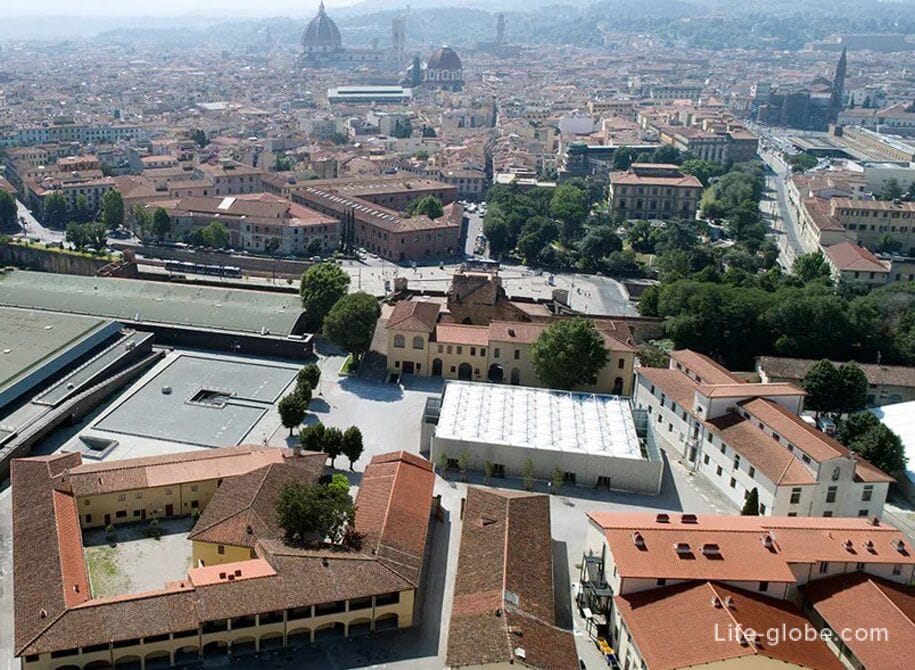
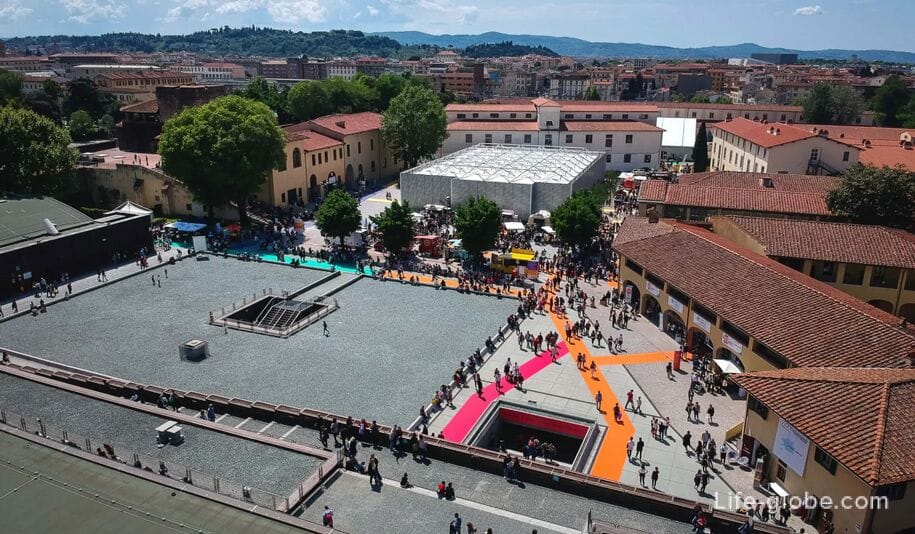

The fortress can also be visited on certain days and hours upon reservation for a fee. During the visit, you can admire the panorama of Florence from the top of the fortress and walk part of the underpass.
During the exhibitions, free routes around the fortress are organized.


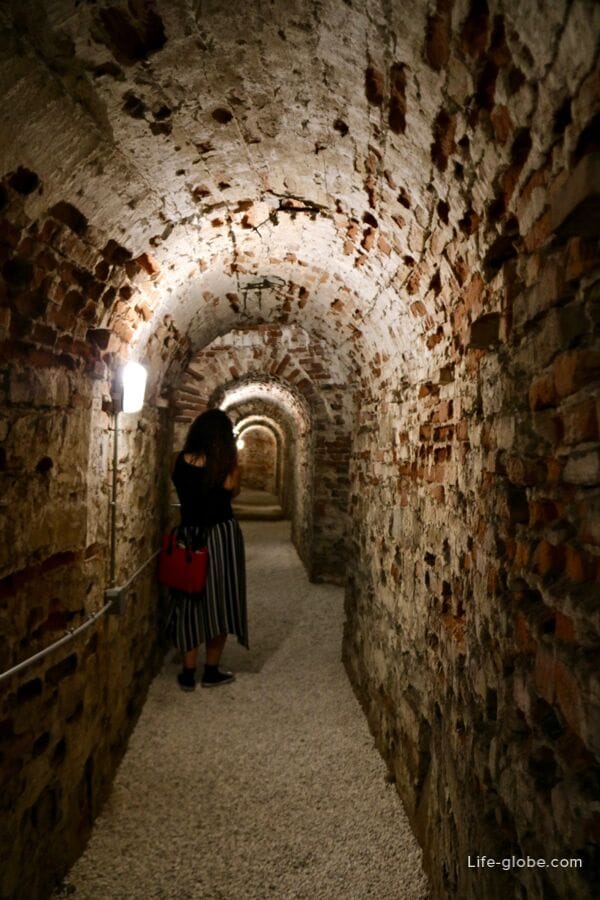
On the eastern side of the fortress there is a public garden of the Fortress (Giardino della Fortezza) with a green area, a pond with a fountain and a cafe.

Information about the events held in the fortress, as well as about the possibility of visiting the fortress, we recommend checking in advance on the websites: firenzefiera.it and musefirenze.it.
The fortress is located north of Florence's central railway station Santa Maria Novella (Firenze Santa Maria Novella), at the address: V.le Filippo Strozzi, 1, 50129 Firenze FI, Italy.
Coordinates of the fortress: 43°46'54.0"N 11°14'55.0"E (43.781667, 11.248611).
All accommodation facilities in Florence (hotels, apartments, guest houses, etc.), including in the historical center of the city and more remotely from it, can be viewed and booked here